What is Paleo Diet?
What is the paleo diet? How does it differ from other low-carb diets? Is it really effective?
The paleolithic era was characterized by hunter-gatherers who lived off wild foods such as meat, fish, fruits, vegetables, nuts, seeds, and roots. This type of lifestyle has become known as the Paleolithic diet.
The paleo diet, also known as the paleolithic diet or the caveman diet, is a kind of cuisine based on foods believed to have been consumed by early humans during the Paleolithic epoch, which spanned from around 2.5 million to 10,000 years ago. The paleo diet is based on the belief that current people are genetically suited to their Paleolithic predecessors' diet and that adhering to this diet can promote optimal health and well-being.
The paleo diet emphasizes entire, unprocessed meals such as meats, fish, vegetables, and fruit. Grains, legumes, dairy products, and processed foods are not included since they are regarded to be relatively recent contributions to the human diet.
The paleo diet's proponents argue that it can help lower the risk of chronic illnesses including obesity, heart disease, and type 2 diabetes, as well as increase energy levels and athletic performance. However, the scientific data supporting these claims are conflicting, and nutrition experts continue to discuss the possible hazards and advantages of this sort of diet. It should be noted that the paleo diet can be difficult to adhere to and may eliminate crucial food categories and minerals.
Before making any big dietary changes, it is usually a good idea to consult with a healthcare expert or a qualified dietitian.
Paleo dieters eat mostly lean meats, seafood, eggs, veggies, fruit, nuts, and seeds. They also limit their intake of dairy, grains, legumes, processed food, sugar, alcohol, salt, and refined oils.

Paleo Diet. Everything You Need To Know!
The Paleolithic diet, more commonly known as the Paleo diet, is directly inspired by the diet of our ancestors who ate more natural, unprocessed foods. You should know, however, that it is more than a diet to lose weight, it is, above all, a rather restrictive lifestyle.
Paleo Diet
Eating as Our Ancestors: The Basic Principle
Our ancestors were primarily hunter-gatherers, so they mainly consumed animal proteins and natural foods. To follow this diet, you will need to favor a diet rich in meats, fruits, vegetables, and nuts, and forget all cereals and dairy products, since they did not exist during the Paleolithic era. In regards to sugars and fats, they are consumed in their natural form. Why? Because, according to this diet, the human body would better digest and more easily assimilate the foods that have been consumed for thousands of years.
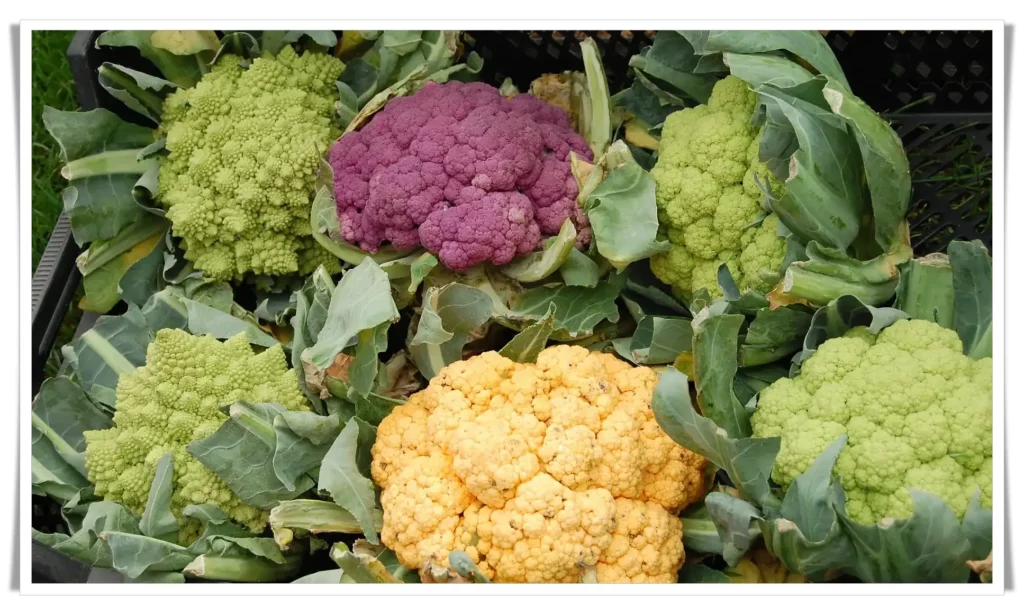
Paleo Diet. Everything You Need To Know!
According to the paleo diet, early humans ate a diet that was high in protein, moderate in fat, and low in carbohydrates. They ate mostly animal protein, such as meat, seafood, and eggs, and they also ate a wide variety of vegetables and fruit. They did not eat grains, legumes, dairy products, or processed foods, as these are thought to be relatively recent additions to the human diet.
The paleo diet encourages people to avoid foods that are thought to be harmful to health, such as refined sugars, artificial sweeteners, and processed vegetable oils. It also advises people to avoid foods that may cause sensitivities or allergies, such as gluten and lactose.
Foods Allowed During the Paleo Diet
To follow this diet, you can eat all lean meats from animals fed exclusively on grass, poultry, wild fish, eggs, vegetables poor in starch such as cauliflower, broccoli, or zucchini, untreated cold-pressed oils such as olive oil, coconut oil, and avocado oil, moderately sweet fruits, nuts, sweet potatoes, yams, and other root vegetables, and, finally, untreated herbs and spices.
The paleo diet is based on the idea of eating whole, unprocessed foods that are similar to those that were eaten by early humans during the Paleolithic era. The following types of foods are generally allowed on the paleo diet:
- Meat: All types of meat, including beef, pork, lamb, and game, are allowed on the paleo diet.
- Poultry: All types of poultry, including chicken, turkey, and duck, are allowed on the paleo diet.
- Seafood: All types of seafood, including fish, shellfish, and mollusks, are allowed on the paleo diet.
- Vegetables: All types of vegetables, including leafy greens, cruciferous vegetables, root vegetables, and others, are allowed on the paleo diet.
- Fruit: All types of fruit, including berries, citrus fruit, tropical fruit, and others, are allowed on the paleo diet.
- Nuts and seeds: Nuts and seeds, such as almonds, walnuts, cashews, and chia seeds, are allowed on the paleo diet.
- Healthy fats: Healthy fats, such as olive oil, coconut oil, and avocado oil, are allowed on the paleo diet.
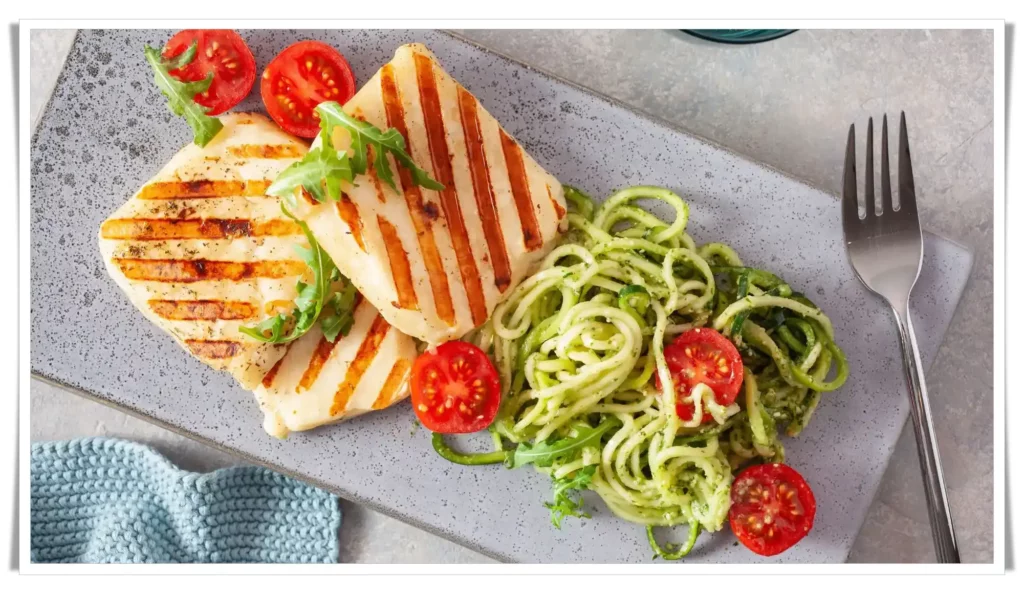
Watch this short video ”Let The Food Be Your Medicine”, we will be learning how to live longer and be healthy by implementing good food and healthy acting based on long oriental experience!
The list of foods prohibited in the Paleolithic diet is rather consistent. Avoid sweet products, dairy products, cereals, and their derivatives such as flour, cakes, and bread… Avoid, also, industrial products like soda, pre-prepared meals, crisps, and other appetizer biscuits. You will also have to eliminate from your diet all cooked or extracted oils, and legumes such as beans, soybeans, or chickpeas…
Recommended Cooking During the Paleo Diet
It is clear that, during the Paleolithic era, if fire already existed, our ancestors continued to eat mainly raw foods. If you can actually eat as much raw food as possible, such as vegetables in salads, you are still allowed to cook the food, but take care to preserve it as much as possible. For this, go for steaming or cooking at low heat, without the addition of fat, which will preserve the vitamins of the food.
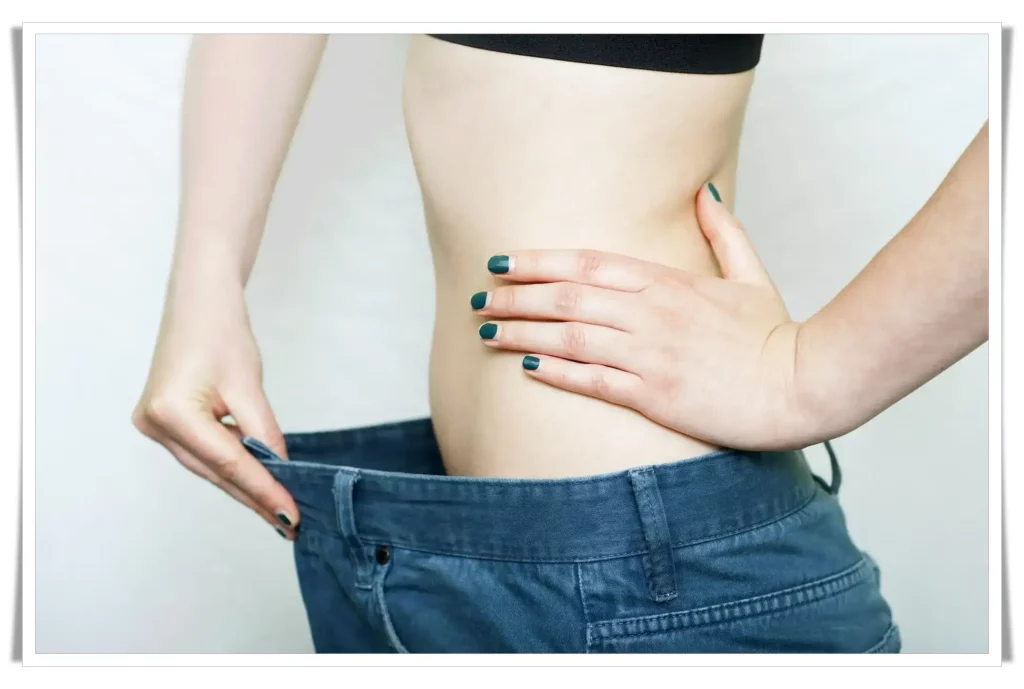
The paleo diet is based on the idea of eating whole, unprocessed foods, and the way that these foods are cooked is generally not a major concern.
The paleo diet allows for a wide range of cooking methods, including grilling, roasting, sautéing, and others. It is generally recommended to use healthy cooking methods, such as grilling, roasting, or sautéing, rather than methods that involve the use of unhealthy cooking oils or processed ingredients.
It is also generally recommended to avoid processed and packaged foods on the paleo diet, as these are not part of the traditional paleo diet. This includes foods that are pre-made or pre-packaged, such as frozen meals, snack bars, and other convenience foods. Instead, it is a good idea to focus on whole, unprocessed foods that are prepared from scratch using fresh ingredients.
Overall, the paleo diet is based on the idea of eating whole, unprocessed foods in a way that is similar to the way that early humans ate during the Paleolithic era. The specific cooking methods that are used are not as important as the types of foods that are consumed.
The Health Benefits of the Paleo Diet

There is an ongoing debate among nutrition experts about the potential health benefits of the paleo diet. Some proponents of the paleo diet claim that it can help to reduce the risk of chronic diseases, such as obesity, heart disease, and type 2 diabetes, and that it can improve energy levels and athletic performance. However, the scientific evidence supporting these claims is mixed, and more research is needed to fully understand the potential risks and benefits of this type of diet.
Here are a few potential health benefits of the paleo diet that have been suggested by some research studies:
- Weight loss: Some studies have found that the paleo diet may be effective for weight loss, particularly in the short term. This may be due to the fact that the paleo diet is relatively low in carbohydrates and encourages the consumption of protein and healthy fats, which can help to reduce appetite and increase feelings of fullness.
- Improved blood sugar control: Some studies have found that the paleo diet may be effective for improving blood sugar control in people with type 2 diabetes or at risk for developing the condition. This may be due to the fact that the paleo diet is relatively low in carbohydrates, which can help to reduce blood sugar levels.
- Improved cardiovascular risk factors: Some studies have found that the paleo diet may be effective in improving cardiovascular risk factors, such as blood pressure and cholesterol levels. This may be due to the fact that the paleo diet is high in fiber and nutrients, such as potassium and magnesium, which can help to support heart health.
It is important to note that the potential health benefits of the paleo diet are still being explored and that more research is needed to fully understand the risks and benefits of this type of diet. It is always a good idea to talk to a healthcare professional or a registered dietitian before making any significant changes to your diet.
The Paleo diet contributes to obvious weight loss, and it is also good for your health, especially to limit the risk of cardiovascular disease, diabetes, or even allergies. It also has very positive effects on the skin and helps you regain beneficial sleep. It also provides ideal digestion. In addition, its high content of protein and dietary fiber also provides a quick sense of satiety, which eliminates daily cravings at all hours.
Since it’s hard to follow the diet for a long time, you can do so for a short time and there still will be a positive effect. Eating like your ancestors will make you look funny, but will also allow you to realize that many foods and processed products sold on the market do not serve any purpose!
It's a Healthy Diet
The paleo diet is a type of diet that is based on the types of foods that are thought to have been eaten by early humans during the Paleolithic era. It emphasizes whole, unprocessed foods and includes a wide variety of meats, seafood, vegetables, and fruit. It excludes grains, legumes, dairy products, and processed foods, as these are thought to be relatively recent additions to the human diet.
In fact, lots of research supports eating legumes as part of a healthy diet because they are low in fat and high in fiber, protein, and iron. While some studies do show people can reap some health benefits by switching to a paleo-style diet, researchers say the jury is still out on whether those benefits are any better than switching to other healthy diets that have been more thoroughly researched. But there’s no evidence to show that over the long-term you’ll see more benefits than if you had switched to another healthy diet that includes grains and legumes (like the Mediterranean diet or plant-based eating).
Chronic Diseases
The premise behind “eating paleo” is that the current Western diet is contributing to the rise of chronic diseases such as obesity, heart disease, and cancer. Paleo diet proponents claim, that eating this way can reduce inflammation, improve workouts, increase energy, help with weight loss, stabilize blood sugar and even reduce the risk of chronic diseases. The researchers behind this study suggest that following a paleo diet may reduce the risk of chronic diseases, as having excess body weight is one of the main risk factors for their development.
In 1995, an influential article was published, proposing that our chronic diseases stem from a disconnect between what our bodies evolved eating during the Stone Age, or the Paleolithic period, during the last two million years and what now makes up our diet, and advocating for a return towards a hunter-gatherer type of diet of lean meat, fruits, vegetables, and nuts, also known as the so-called Paleo Diet.
The paleo diet is a dietary plan that aims to mimic the diet of ancient humans, who are believed to have eaten mostly meat, fish, vegetables, and fruit. Some proponents of the paleo diet claim that it can help to prevent or improve certain chronic diseases, such as obesity, type 2 diabetes, and heart disease. However, there is little scientific evidence to support these claims.
While the paleo diet may be high in nutrients and low in processed foods, it is also low in some nutrients that are important for good health, such as fiber and certain minerals. In addition, the paleo diet may not be suitable for people with certain dietary restrictions, such as those who are vegetarian or have food allergies.
It is important to speak with a healthcare provider or a registered dietitian before making any changes to your diet, especially if you have a chronic health condition. They can help you to determine the best dietary plan for your needs and goals.
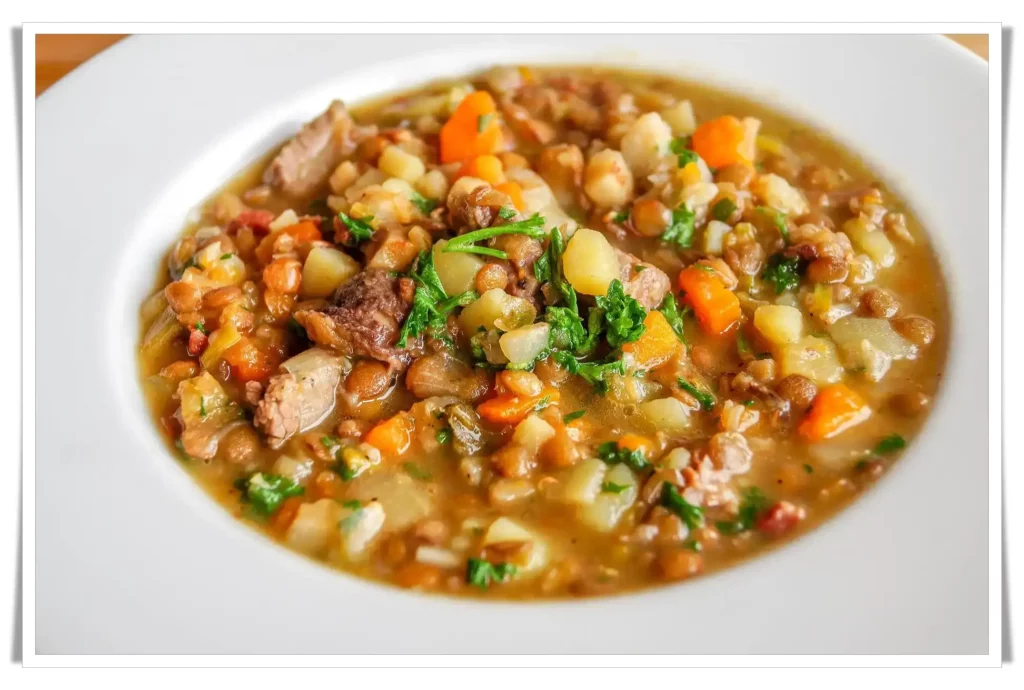
Refined Sugar
These foods are not permitted on the paleo diet: Cereal grains Legumes (peanuts, beans, lentils, tofu) Refined sugar Processed foods Soda & sweetened beverages Refined vegetable oils Salt Artificial sweeteners Say goodbye to cereal, crackers, rice, pasta, bread, and beer.
Overall, the diet is high in protein, moderate in fat (mainly from unsaturated fats), low-moderate in carbohydrates (specifically restricting high glycemic index carbohydrates), high in fiber, and low in sodium and refined sugars. The monounsaturated and polyunsaturated fats (including the omega-3 fats EPA and DHA) come from marine fish, avocados, olive oil, nuts, and seeds.

Foods That Are Not Allowed In the Paleo Diet!
The paleo diet is based on the idea of eating foods that were available to ancient humans, who are believed to have eaten mostly meat, fish, vegetables, and fruit. As a result, foods that are not allowed on the paleo diet include those that were not available or were difficult to obtain during this time, such as grains, legumes, dairy products, and processed foods.
Here is a list of specific foods that are typically not allowed on the paleo diet:
- Grains: Wheat, rice, oats, corn, and other grains are not allowed on the paleo diet.
- Legumes: Beans, lentils, peanuts, and other legumes are not allowed on the paleo diet.
- Dairy products: Milk, cheese, yogurt, and other dairy products are not allowed on the paleo diet.
- Processed foods: Foods that are highly processed or contain artificial additives, such as snack foods, candy, and frozen meals, are not allowed on the paleo diet.
- Vegetable oils: Vegetable oils, such as corn oil and soybean oil, are not allowed on the paleo diet. Instead, paleo dieters may use oils from olives, coconuts, and avocados.
It is important to note that the paleo diet is not a one-size-fits-all approach and may be modified to meet individual needs and preferences. It is always a good idea to speak with a healthcare provider or a registered dietitian before making any changes to your diet.
Health Conditions
Unless a person has a health condition that requires them to restrict a specific food group, there is no scientific evidence to show that the paleo diet is superior to other well-known diets, such as the Mediterranean diet. Obesity, heart disease, and diabetes: These are just a few of the health conditions that proponents of the Paleolithic diet, or caveman diet, blame on our sedentary lifestyles and modern way of eating, which is loaded with sugar, fat, and processed foods.
You can also find valuable information about the 12 Foods That Must Be Organic! if you click here!
If you have questions or want to comment, please leave them below and I will answer as soon as I can. Thank you for reading ''Paleo Diet. Everything You Need To Know!''

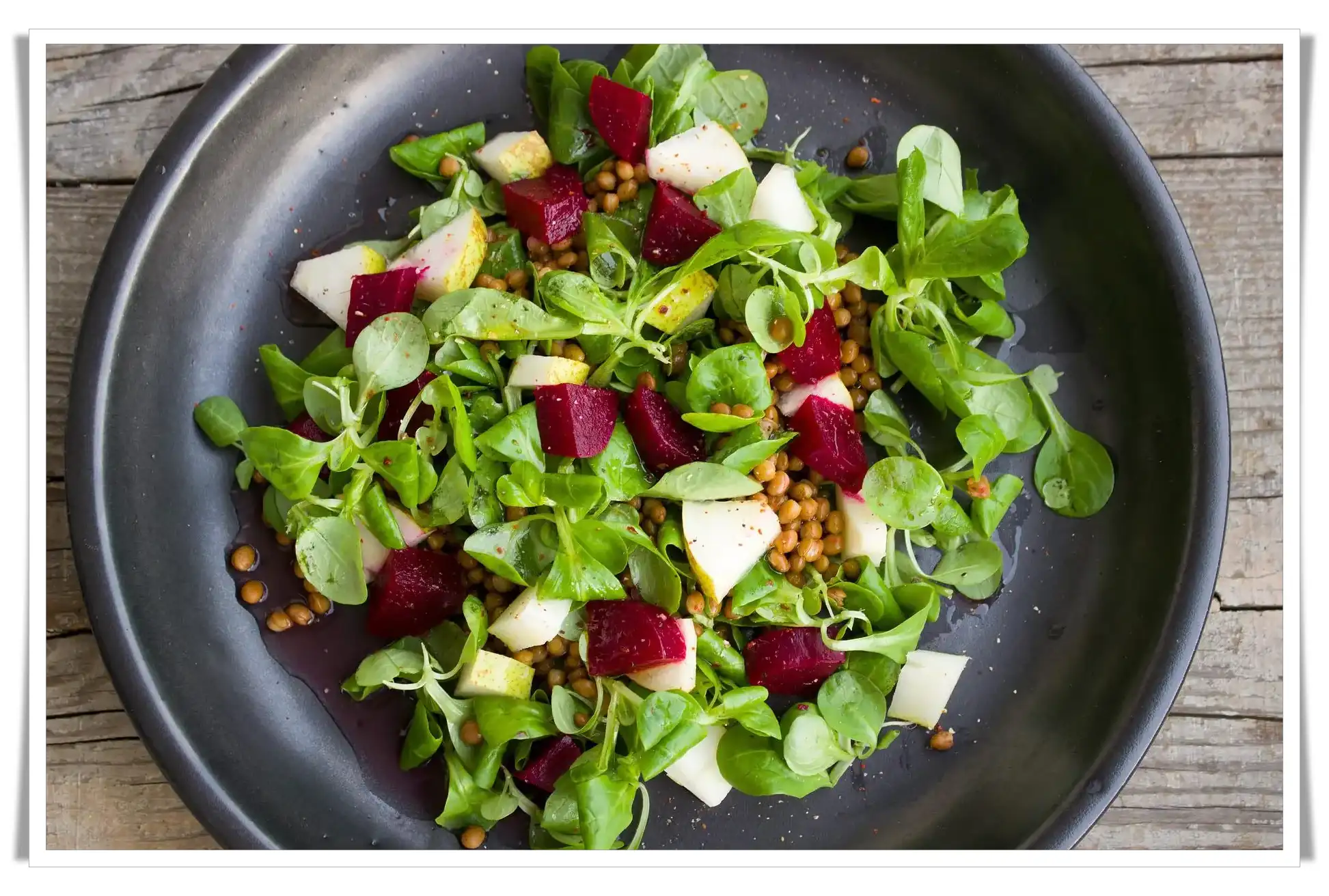
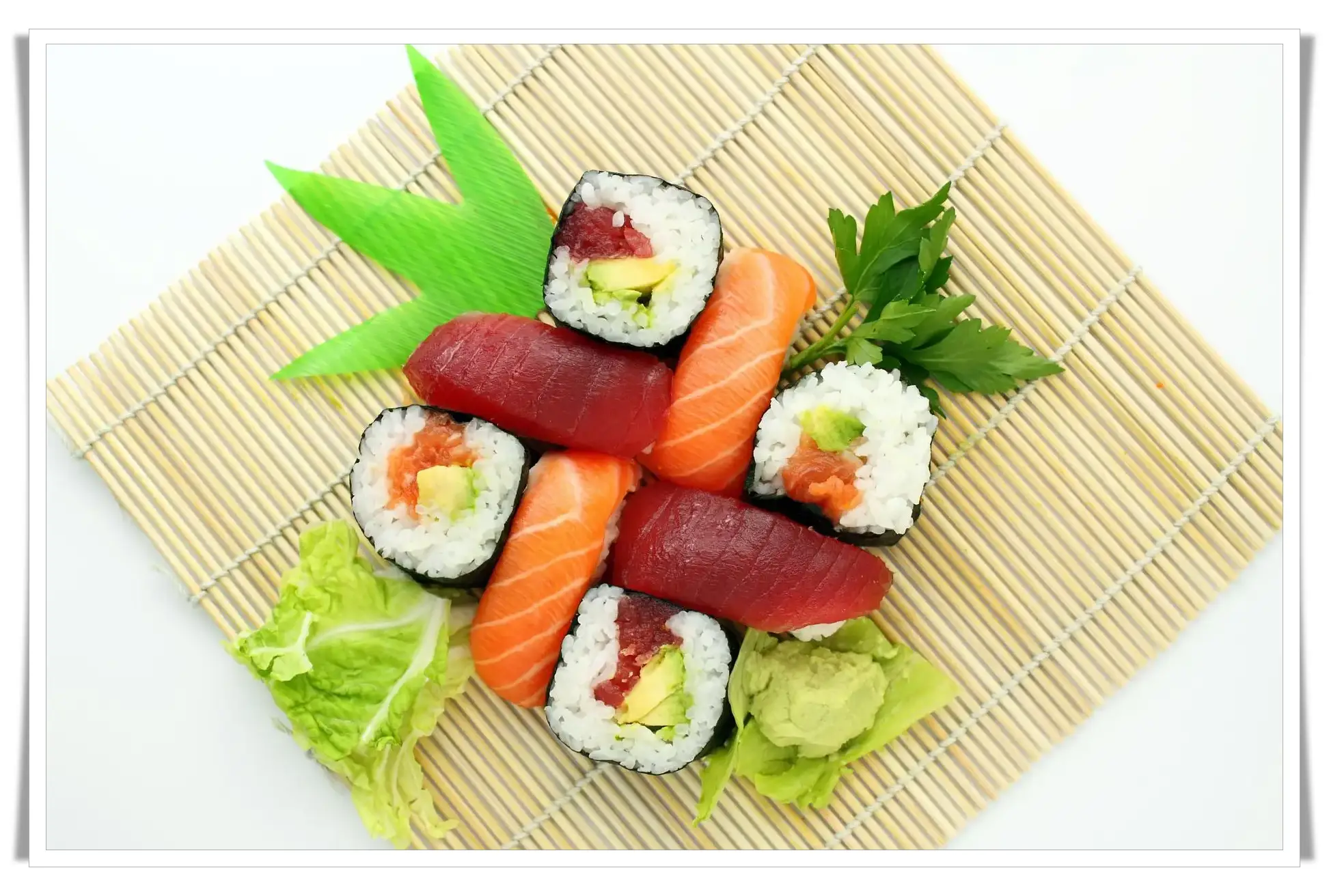



Pingback: The 10 Most Caloric Fruits. Everything You Need To Know! - bc-educate
Greetings! Very helpful advice in this particular post! It is the little changes that make the most significant changes. Thanks for sharing!
A fascinating discussion is definitely worth comment. I do think that you ought to publish more about this topic, it may not be a taboo subject but typically people dont speak about such issues. To the next! Many thanks!!
Pingback: The Best Way To Get Rid of Calories - bc-educate
Hi Guys,Just wanted to say thanks for this!!! a BIG helpRikin
Your point of view caught my eye and was very interesting. Thanks. I have a question for you.
Thanks for sharing. I read many of your blog posts, cool, your blog is very good.
Wow, wonderful blog layout! How lengthy have you ever been running a
blog for? you make blogging glance easy. The overall look of your website is fantastic,
let alone the content material! You can see similar:
e-commerce and here sklep
You’ve made some really good points there. I checked on the web to find out more about the
issue and found most people will go along with your views on this website.
I saw similar here: sklep internetowy and also here: sklep internetowy
atorvastatin 40mg canada lipitor us buy lipitor 40mg
bookmarked!!, I really like your site! I saw similar here: Dobry sklep